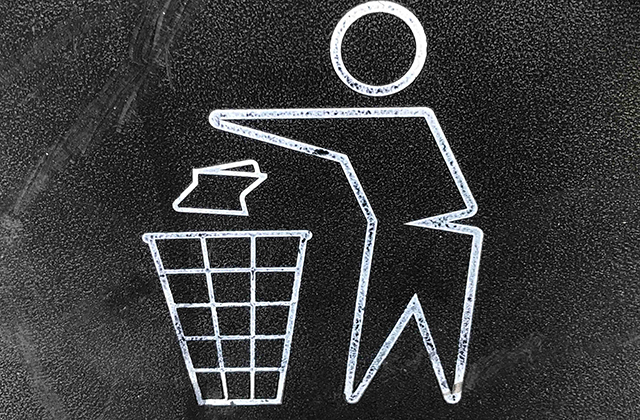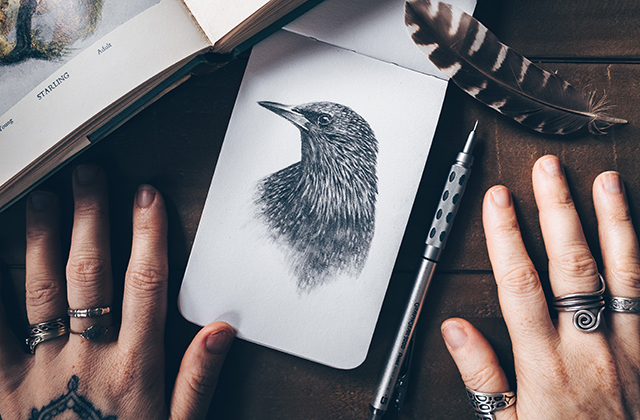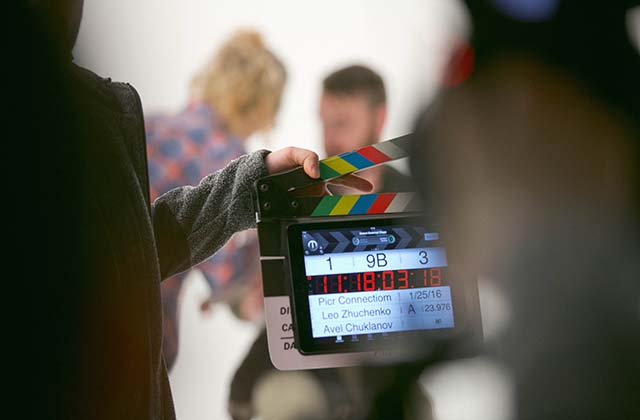Being a minimalist is a way to keep life simple and clear. There are lots of ways to define it, but the basic idea is this: by minimizing what you have to think about, you can focus more on what’s important (your goals) and less on the distractions (things). Minimalism is not about living like a hermit or an ascetic. It’s about getting rid of excess stuff that distracts you from your goals. And if that fact that your apartment is clean and uncluttered helps you stay focused on your goals, then it is helping you become minimalist. A minimalist is someone whose living space supports his or her values. Minimalism helps you declutter your spatial awareness, because it limits the number of things you have to think about at any given time; it limits how much “stuff” there is to distract you from the more important things in life. So, declutter your spatial awareness using minimalism, which will help you realize your dreams. Skip bins Christie’s Beach is a regular occurrence because of the many people who are choosing to make this area their home.
Minimalism is a style of design that helps you focus on what matters. It does this with subtle, inconspicuous cues that guide your attention to the essential. Minimalism is not about empty space or asceticism. It’s about finding what’s essential and showing only that. It’s not an artistic style; it’s a design approach. It has found its way into web design, product design, interior design, architecture, furniture, fashion, and even scientific research. Minimalist photography has become very popular in the last few years. The underlying idea is to declutter your spatial awareness so you can see things more clearly. I’m going to try to do the same thing here by decluttering my own spatial awareness in this essay with minimalism. I’ll do this with lists that I provide only when they’re needed for clarity. Click here with de-cluttering process.
Decluttering your spatial awareness is one of the most important things you can do to increase your ability to think clearly. It is also one of the most neglected. The first step in decluttering your spatial awareness is to get rid of all the physical clutter in your life. The second step, which I will start with here, is to get rid of mental clutter. Mental clutter is all the little routines and habits that we’ve accumulated over the years that we no longer really need, but just haven’t gotten around to getting rid of yet. Most people have a lot of these. Here are some examples: You set out for work in the morning and find yourself driving down a street you almost never take. You wonder what’s going on for a minute, and then remember you’ve been meaning to try a new route for a while, so you decide to drive this way for a bit and see how it goes. This is an example of mental clutter: the bits of mental housekeeping that we accumulate over time without really needing them all. It takes about ten seconds to recognize that you’re not on your normal route, realize where you must be going instead, and then start thinking about whatever it was you were planning on doing today when you got into.
Somewhere in the last few years minimalism has become a big thing. It has become so popular that it’s hard to get away from the idea that minimalism is just another fad. But you can’t get away from it. Minimalism has become an effective design tool that applies to more than just design. The art of designing things with fewer features or less clutter is becoming mainstream. I don’t know how exactly the trend got started, but I’m sure a good deal of it has to do with a general movement towards a clean and simple look in web and graphic design. Designers have been going for this look for a while now, but lately it seems like everyone else is jumping on board too. But what does it mean to be minimalist? What does minimalist design do to your spatial awareness? It’s interesting because I think this kind of design can make you more aware of your spatial surroundings, not less.




